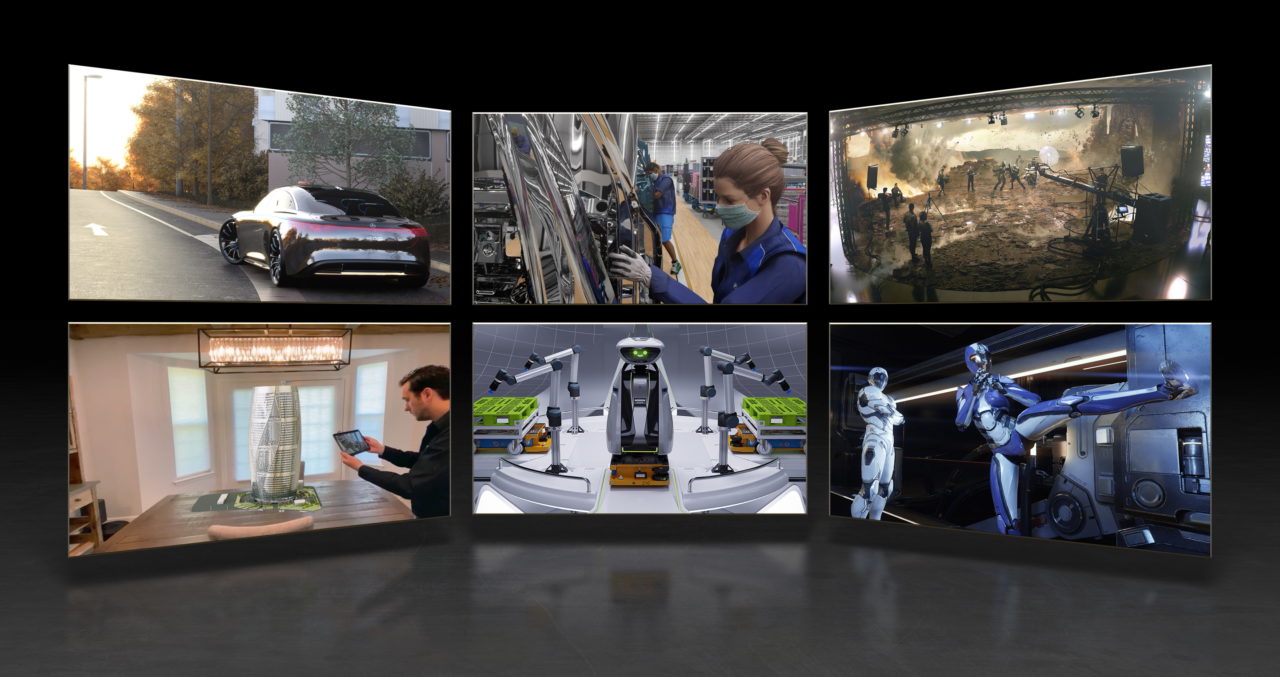The metaverse is the next big step in the evolution of the internet — the 3D web — which presents a major opportunity for every industry from entertainment to automotive to manufacturing, robotics and beyond.
That’s why NVIDIA is joining our partners in the Metaverse Standards Forum, an open venue for all interested parties to discuss and debate how best to build the foundations of the metaverse.
From a 2D to a 3D Internet
The early internet of the ’70s and ’80s was accessed purely through text-based interfaces, UNIX shells and consoles. The ’90s introduced the World Wide Web, which made the internet accessible to millions by providing a more natural and intuitive interface with images and text combined into 2D worlds in the form of web pages.
The metaverse that is coming into existence is a 3D spatial overlay of the internet. It continues the trend of making the internet more accessible and more natural for humans by making the interface to the internet indistinguishable from our interface to the real world.
The 3D computer graphics and simulation technologies developed over the past three decades in CAD/CAM, visual effects and video games, combined with the computing power now available, have converged to a point where we can now start building such an interface.
A Place for Both Work and Play
For most people, the term metaverse primarily evokes thoughts of gaming or socializing. They’ll definitely be big, important use cases of the metaverse, but just like with the internet, it won’t be limited to them.
We use the internet for far more than play. Companies and industries run on the internet; it’s part of their essential infrastructure. We believe the same will be true for the emerging metaverse.
For example, retailers are opening virtual shops to sell real and virtual goods. Researchers are using digital twins to design and simulate fusion power plants.
BMW Group is developing a digital twin of an entire factory to more rapidly design and operate efficient and safe factories. NVIDIA is building an AI supercomputer to power a digital twin of the Earth to help researchers study and solve climate change.
A Lesson From the Web
The key to the success of the web from the very start in 1993 was the introduction of a standard and open way of describing a web page — HyperText Markup Language, or HTML. Without HTML’s adoption, we would’ve had disconnected islands on the web, each only linking within themselves.
Fortunately, the creators of the early web and internet understood that open standards — particularly for data formats — were accelerators of growth and a network effect.
The metaverse needs an equivalent to HTML to describe interlinked 3D worlds in glorious detail. Moving between 3D worlds using various tools, viewers and browsers must be seamless and consistent.
The solution is Pixar’s Universal Scene Description (USD) — an open and extensible format, library and composition engine.
USD is one of many of the building blocks we’ll need to build the metaverse. Another is glTF, a 3D transmission format developed within Khronos Group. We see USD and glTF as compatible technologies and hope to see them coevolve as such.
A Constellation of Standards
Neil Trevett, vice president of developer ecosystems at NVIDIA and the president of The Khronos Group, the forum’s host, says the metaverse will require a constellation of standards.
The forum won’t set them, but it’ll be a place where designers and users can learn about and try ones they want to use and identify any that are missing or need to be expanded.
We’re thrilled to see the formation of the Metaverse Standards Forum — a free and open venue where people from every domain can gather to contribute to the exciting new era of the internet: the metaverse!
